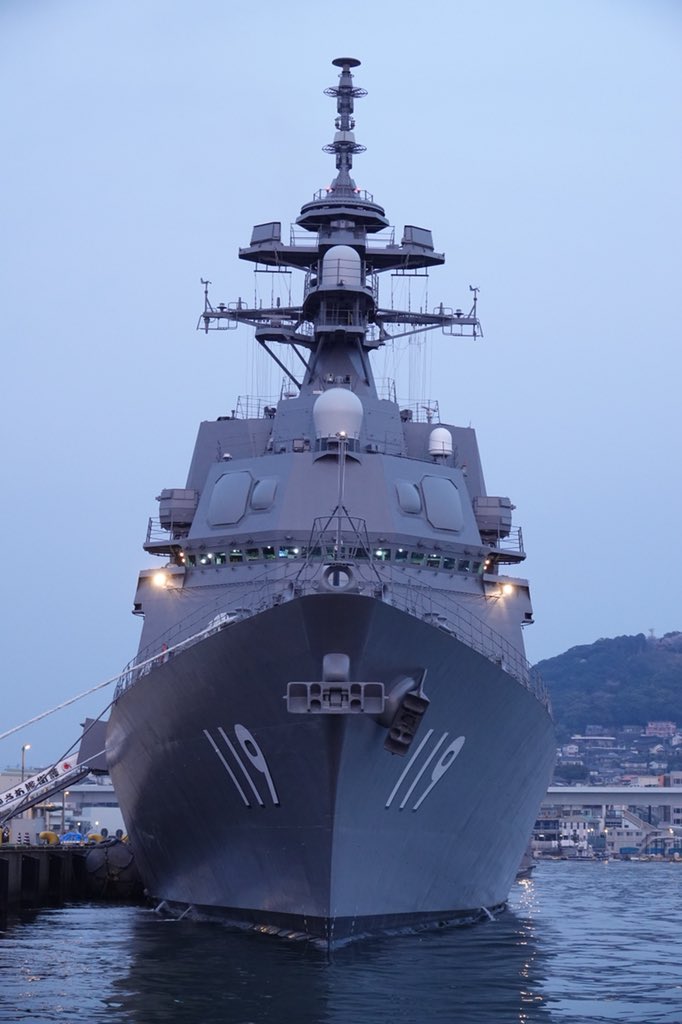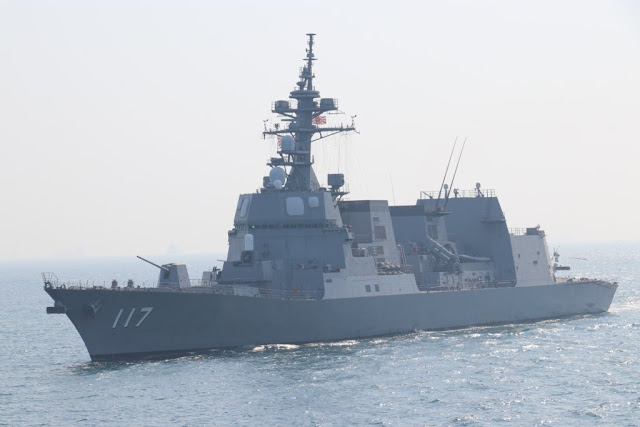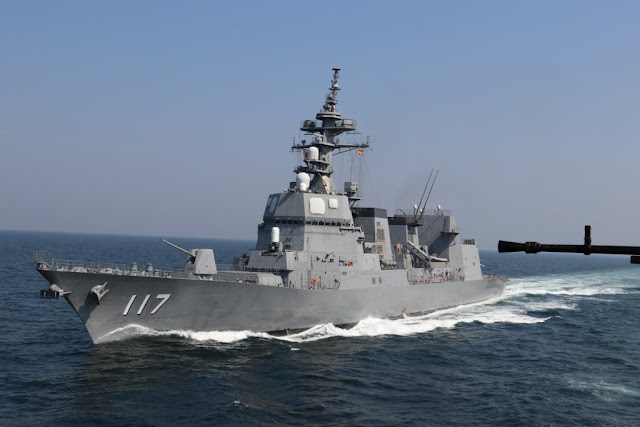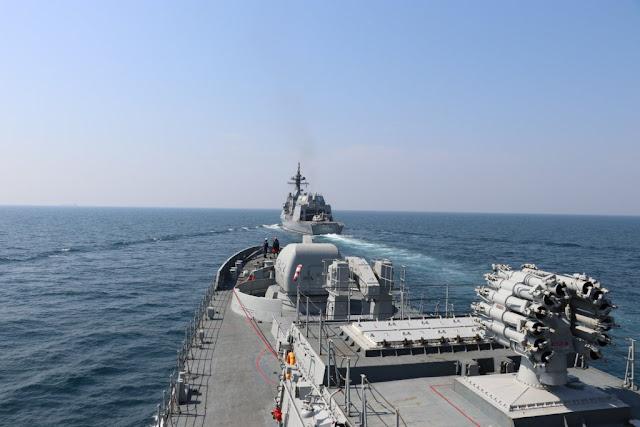Jura The idiot
General
put it also here:
Published on Mar 20, 2018
PACIFIC OCEAN (March 17, 2018) The Nimitz-class aircraft carrier USS Carl Vinson (CVN 70), Arleigh Burke-class guided missile destroyer USS Wayne E. Meyer (DDG 108) and Japan Maritime Self-Defense Force helicopter destroyer JS Ise (DDH 182) participate in a bilateral exercise in the Pacific Ocean. The Carl Vinson Strike Group is operating in the Western Pacific as part of a regularly scheduled deployment (U.S. Navy video by Mass Communication Specialist 3rd Class Dylan M. Kinee/Released) 180317-N-MT837-0001











